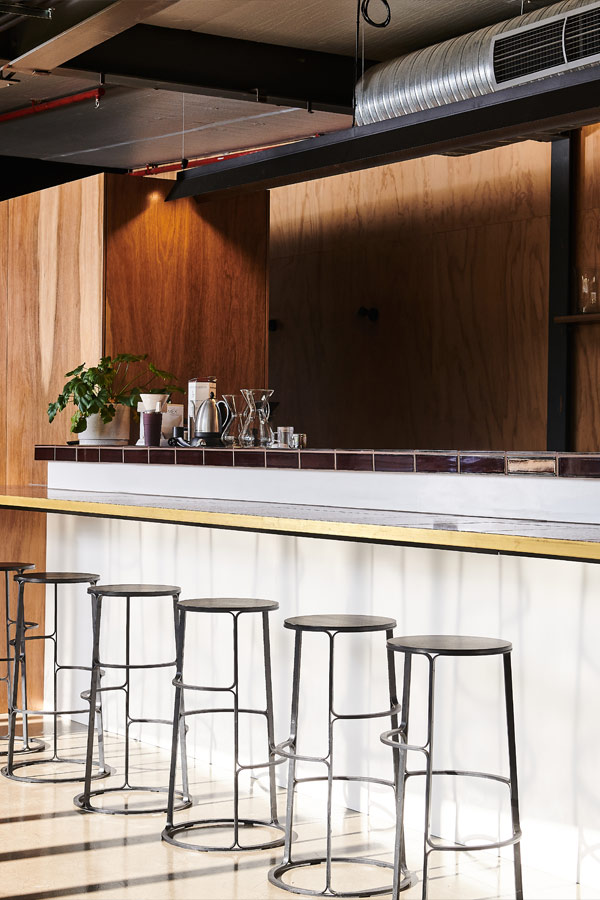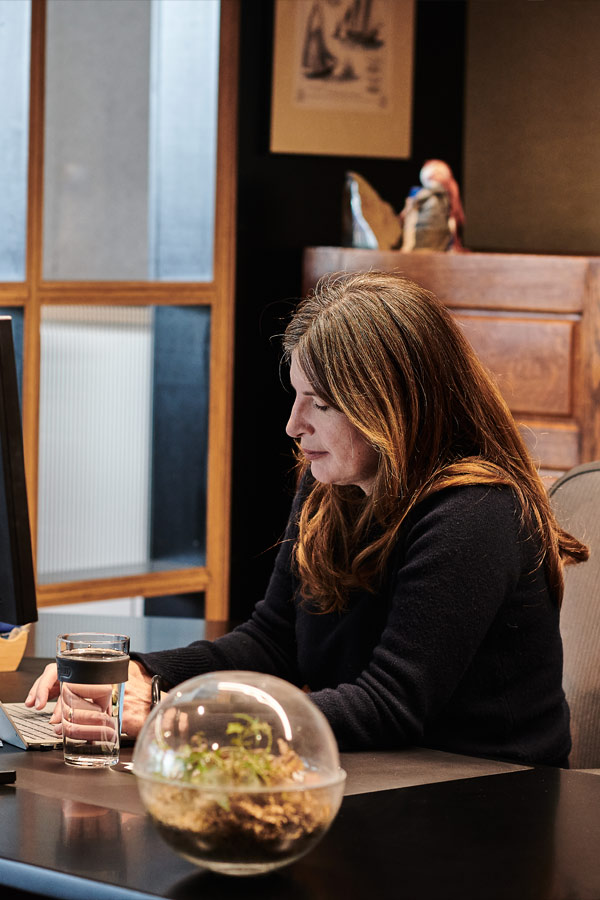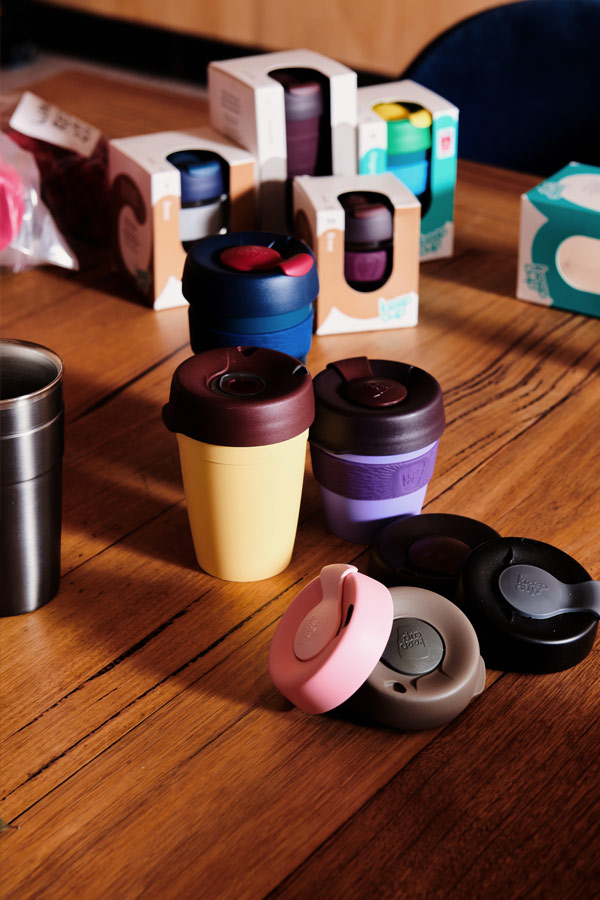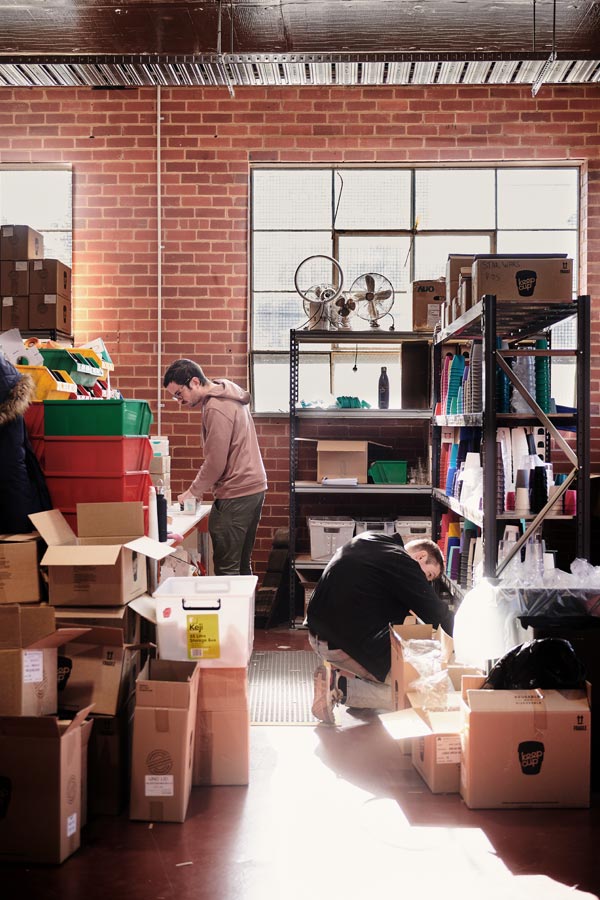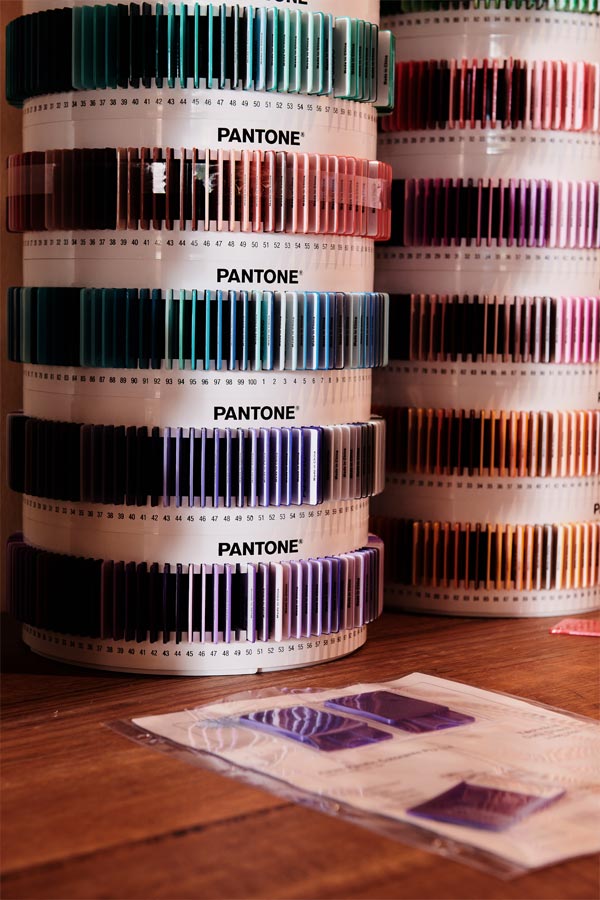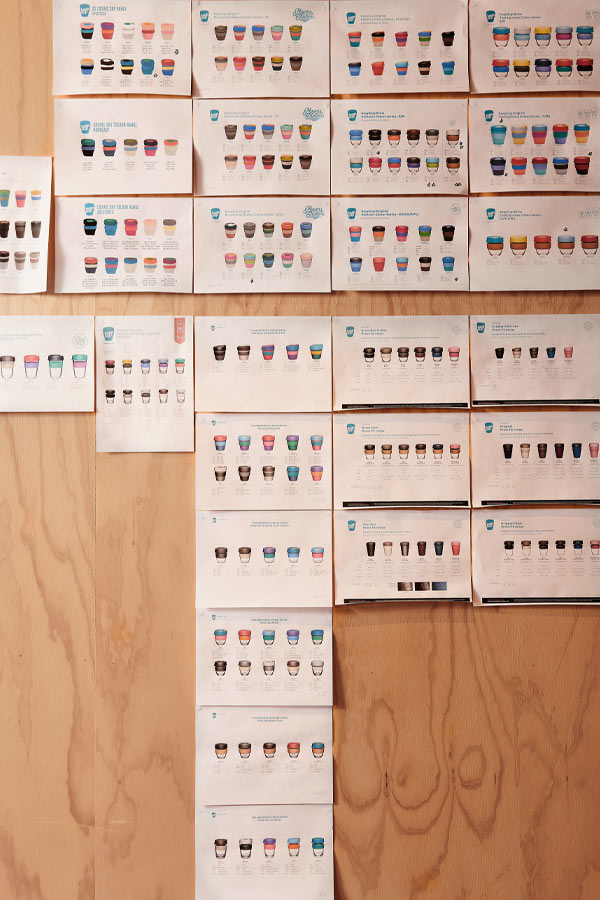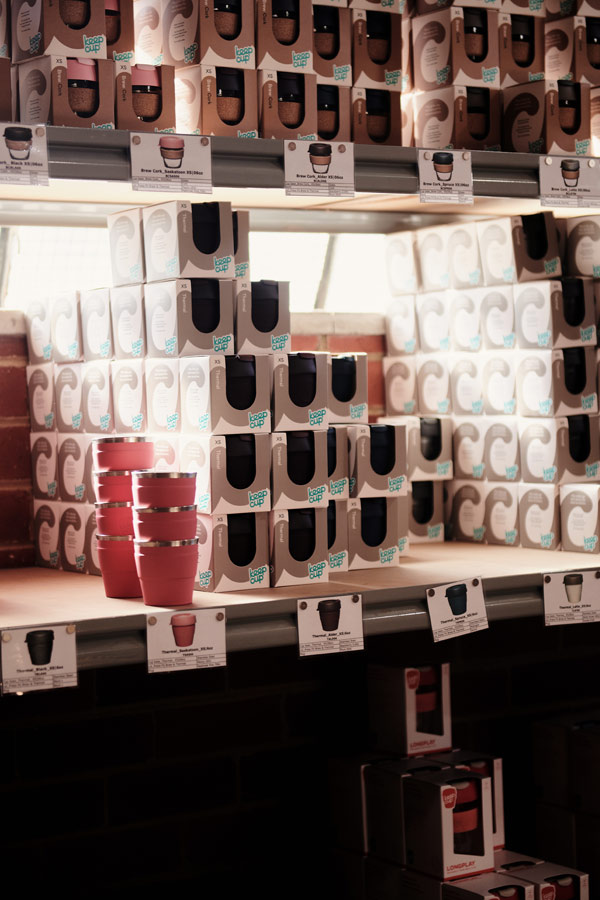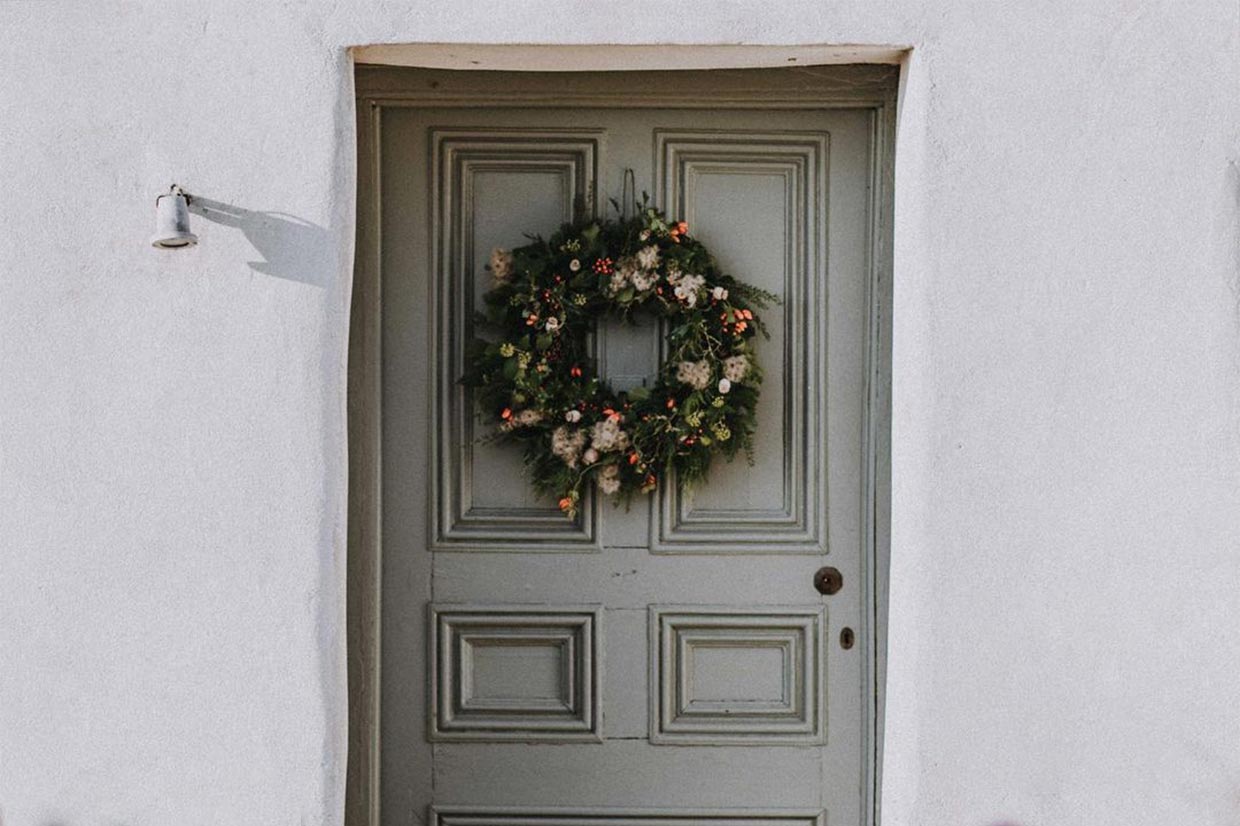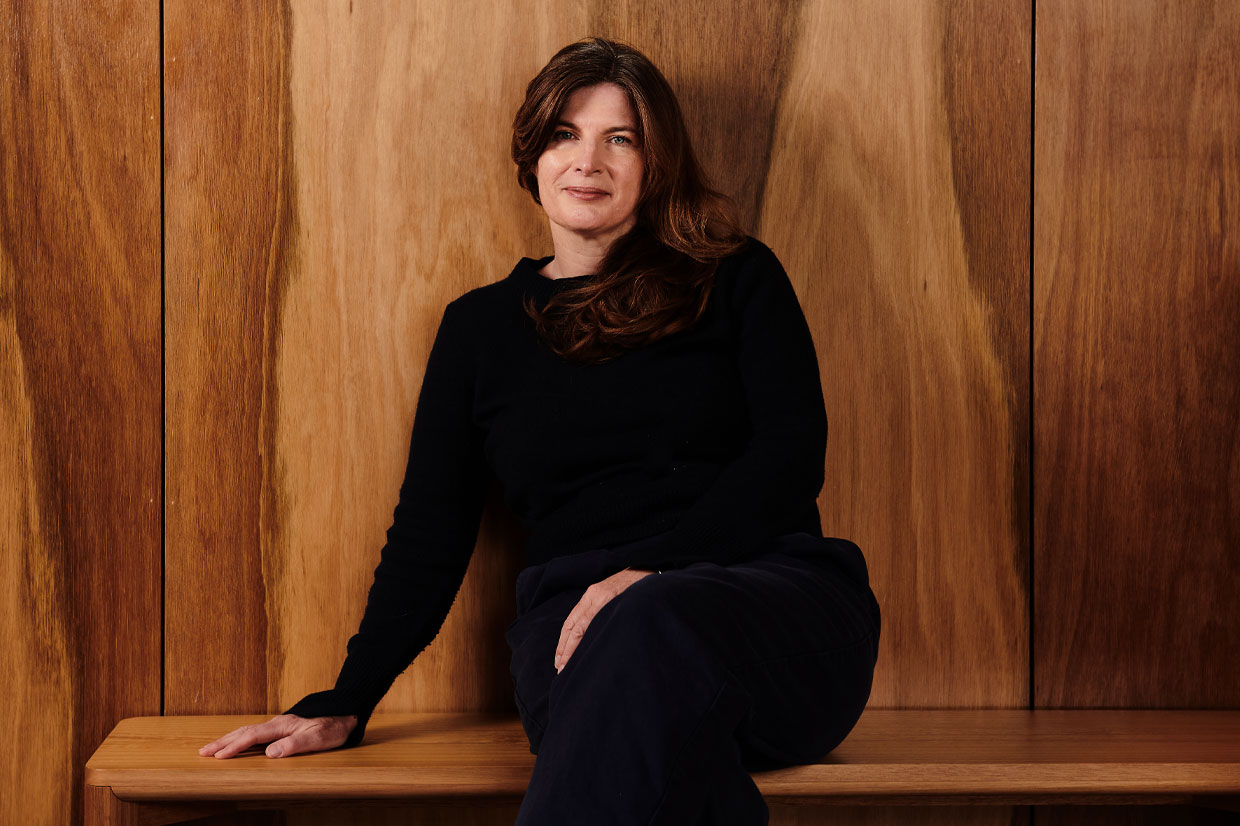
CHANGING THE WORLD, ONE KEEPCUP AT A TIME
“Think about the future that you’re trying to create with what you’re doing and really strive to take the language of the brand to that place, so you’re inspiring people to go somewhere.”
These days it’s more common than not to see caffeine consumers toting around reusable coffee cups, probably sipping on an almond mylk cruelty-free latte, while discussing various ways to help champion further sustainability practices. And, despite the recent COVID restrictions around reusable cups, we’re sure we’ll be seeing this familiar scene again very soon. This however, wasn’t always the case. Believe it or not, there was a time before man-buns, moustaches, ripped jeans and eco-consciousness. There was a time (for a very long time) when single-use plastic lined cups were the only cups around, and anything else was unfathomable. That was, until Abigail and Jamie Forsyth; the brother-sister team from Melbourne, changed the way we consume our favourite hot frothy beverages, forever.
A CONSUMERISM CONUNDRUM
Theirs is a journey that began with the recognition and pursuit to solve what was a widespread pollution problem in the cafe industry. Cup after cup after cup was used just once, and Abigail became “concerned with the amount of packaging being consumed and disposed of” in their Bluebag cafes. As she puts it, “when you think about that in terms of the thousands of cafes out there, it’s just a terrible problem”. So, as is the case with so many of the family business owners we speak to – their product was born from their own experiences and fueled by their passion to “find a better way”.
The more the Forsyths delved into potential solutions, the more they began to realise the lack of alternative options out there. Some say that to be successful in business, you must be evolutionary or revolutionary, and this idea was definitely the latter. So much so that the brother-sister duo even questioned whether it was in fact something the industry could use – with Abigail wondering “why somebody hasn’t done this before”. That doubt however would be quelled as they developed and shopped around their prototype. The truth was, they were onto a great thing at the right time.
SO, WHO CARES?
Abigail’s approach to product development was very calculated and strategic. Perhaps this can be attributed to her background as a lawyer, or perhaps it’s just her innovative and entrepreneurial mind. Either way, what’s clear is that the strategy around building what would eventually become the KeepCup brand was uniquely brilliant. Rather than going out and spending all their time and money on developing a prototype straight away, Abigail and Jamie decided to first test the idea. Was there a market for reusable coffee cups? They were determined to find out before taking the next step toward product design. So, in the winter of 2007 the Forsyth’s ordered some “decor soup mugs” and told customers that if they “return and reuse we’ll give you 50 cents off”. This was also well-thought out financially too, with the packaging costing just 75 cents, Abigail and Jamie were “actually saving 25 cents for every time someone reused” the packaging.
So they were saving cash and also testing the market. A very keen one as it turned out, with “15% of our customers returning and reusing.”
They could confirm that yes, “there is a market for this. There are people who are concerned about waste and recycling.” They “engaged industrial designers, graphic designers, designed the product, and had it made and went from there”.
So now they had the prototype and they knew people cared about conscious consumerism – time to get out and sell. As a hands on project manager, Abigail got on the phone and “called every single catering customer we had at Bluebag, got onto the sustainability person (if they had one), and discovered they had no budget.” But that didn’t slow her down, instead Abigail remained determined and found another route. By getting “through to their marketing departments, and talking about how important this was as an issue”, KeepCup sold 10,000 cups from those conversations, and the prototype alone. Which when you think about it, seems like the logical way to do it, right? Establish your market even exists first, then develop a prototype, get people to CARE about the problem your product solves – and then sell in huge orders, before you’ve even made them. Brilliant!
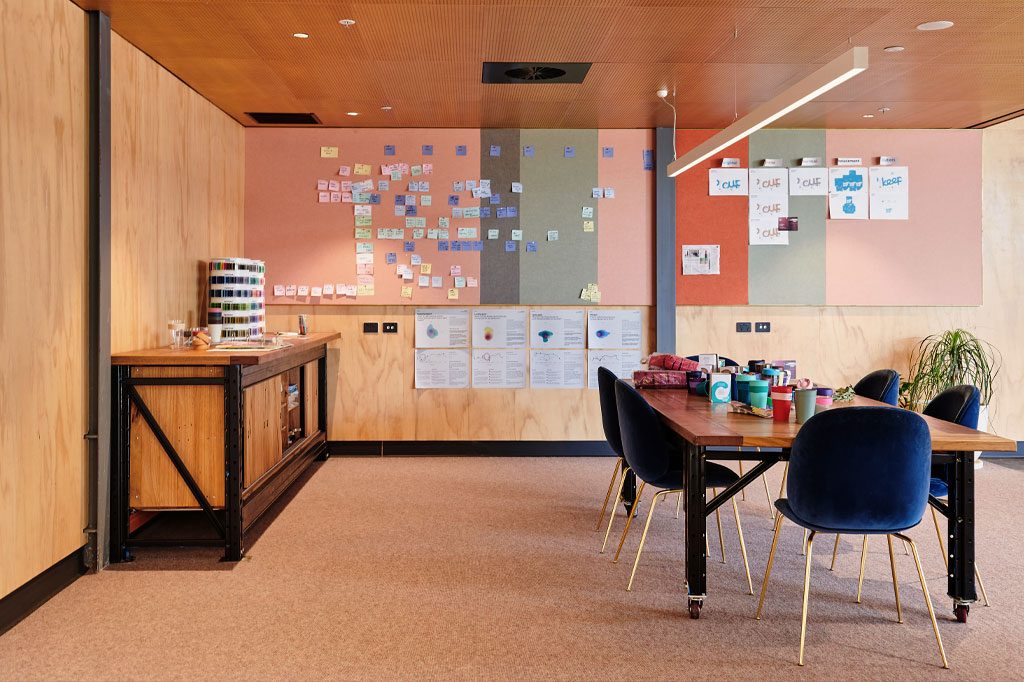
IT’S ALL IN THE DETAIL
There’s always a reason you love the brands you love, and that’s simply because they’re the best – and you resonate with their messaging. They’re made really well, they look good, they solve a problem for you and probably stand for something meaningful too. A lot of time, thought and testing goes into making your favourite version of something, just that – your favourite. This was certainly the case for KeepCup. When asked about the process of creating the KeepCup, Abigail says the combination of her consumer and customer insight and the stylistic expertise from a great designer formed a “creative tension” through which they were able to “develop the best product”. This, along with “a series of compromises” when it comes to engineering and tooling, is what resulted in the design they have today. It was also during these initial phases that Abigail and Jamie complimented one another to build their business. With Jamie being a “very detailed thinker” who has “the patience to work through these issues” and Abigail “pushing through volumes of work” to get things done.
Though, it wasn’t exactly smooth sailing… their first order of 5000 KeepCups came from EnergyAustralia. They were down to the wire in terms of timeline, Abigail and her husband assembled the cups at their kitchen table, late into the evening before the order was due to be delivered. Upon delivery, KeepCup’s very first client unfortunately pointed out a few misgivings in the design. The insulation band was too thin and some of the cups had leaking issues. Thankfully, EnergyAustralia gave KeepCup a window of time to iron out the kinks in the design, instead of cancelling the order all together, and Abigail was able to use this as invaluable constructive feedback.
Now they have probably the most well-known and reliable reusable coffee cup brand on the market, and that’s all because of the arduous journey they experienced. It’s a design that is “really well considered from a usage point of view”, as Abigail puts it. KeepCup is a ‘go-to’ for both caffeine junkies and giant roasting brands, simply because theirs is a product made based on an inquisitive assessment of the market and a team that is reactive to, and appreciative of feedback.
AND THEN WE WERE COOL (AND GLOBAL)
We know that KeepCups and sustainable living practices are cool now, but they weren’t when KeepCup first started back in 2007. Changing habits is one of the most difficult things we as humans can try to do – so you can imagine the task ahead for Abigail and Jamie in changing a daily routine for so many Australians and Australian businesses. For them, the relentless race to success was still only just beginning, even after the first orders were shipped. They had the product, they knew people were aware of an issue around reducing waste, but now they had to convince everyone to change the way they buy and consume their daily coffee. Change is kind of scary for most, so it wasn’t easy. A real grass roots approach, using baristas to encourage people and “give them permission” to be different, is what Abigail feels was the key to “unlock the movement for us, to make it socially acceptable and socially desirable to use the KeepCup”. It was also perfect timing to launch this movement globally. Abigail recalls that “it was just at the time when sustainability was moving out of becoming sort of a niche department somewhere, to becoming a ticket to the game in terms of how we run our businesses and how we live as a society. And also, when the Australian style of drinking coffee was taking over the world”.
Then, the real “light-bulb” moment for them was the “powerhouse design fair in Sydney”. It was here that a passerby vocalised exactly why their approach using baristas was important, but perhaps still not quite enough, when she said “look I’d really love to use one of these KeepCups but I drink Campos coffee and they’re way too cool for this”. Amazingly, a week later “just out of the blue, Will Young from Campos coffee called and said, ‘I’ve been looking for a product like this for 10 years. I want 10,000 of them’”. Proving that if you spend the time really researching your market and creating a high quality product with a purpose, something that truly makes a difference to the world and also is practical AND economical – word gets around. This was the final piece of the puzzle for KeepCup. Now with huge support from baristas internationally, and endorsement from a highly reputable and widely used roaster, KeepCup was officially a permanent fixture on the coffee scene.
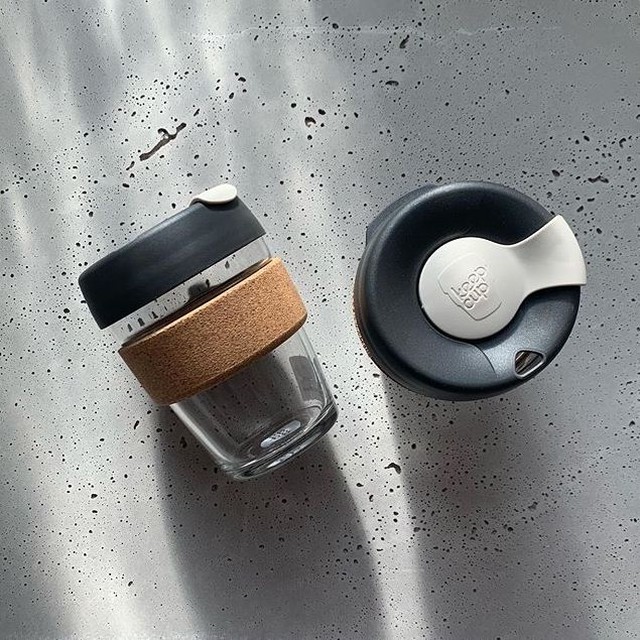
WELCOME TO TOMORROW
You’d think totally changing the coffee industry for the better would be enough of an achievement for a lifetime… but not for Abigail. The KeepCup co-founder continues to think of ways to create a “world where people don’t use single-use packaging”, and encourages other businesses to “think about the future that you’re trying to create and to take the language of the brand and what it’s doing to that place, so you’re inspiring people to go somewhere”.
Brands like KeepCup are the forces changing our world, helping create awareness around sustainability and giving us the tools to actually do our part. To just make one simple switch each day – disposable to KeepCup, and help make our planet a happier place. So, we’re not sure about you, but we’ve got a whole new appreciation for our humble KeepCup. Definitely won’t be leaving it up-turned, dirty in the sink before our next coffee venture, thinking to ourselves “I’ll just get a disposable one today”. Nope. We will lovingly clean our beacon of change, each and every morning.
ABIGAIL’S LIST TO INSPIRE
- The writings of Elizabeth Strout
- The Arc of Love by Esther Perel
- Podcast: Outrage and Optimism.
OTHER STORIES
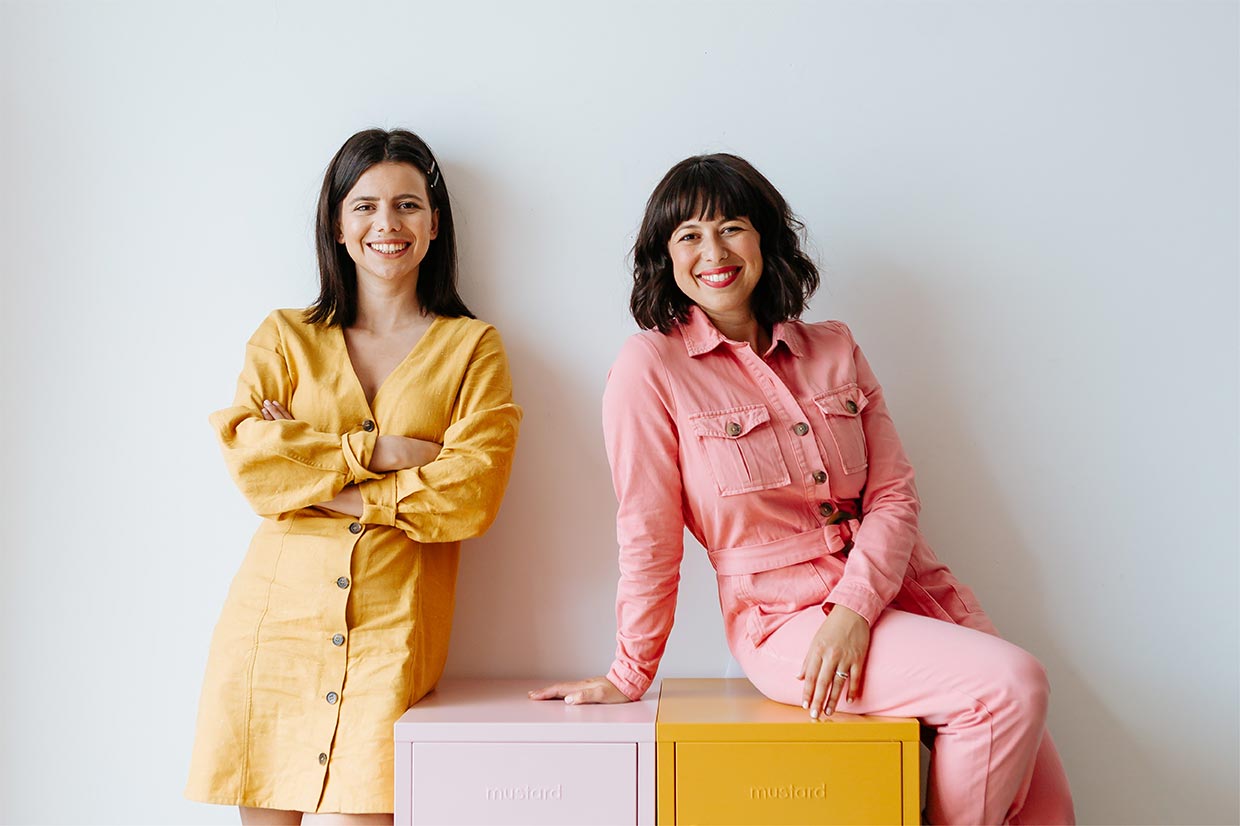
STORAGE TO MAKE YOU SMILE – THE COLOUR-LOVING SISTERS OF MUSTARD MADE
Learn how Becca and Jess Stern take school lockers from drab to fab. Despite living on different continents, this hasn’t stopped their business going global, and their sisterly bond is stronger than ever.
read more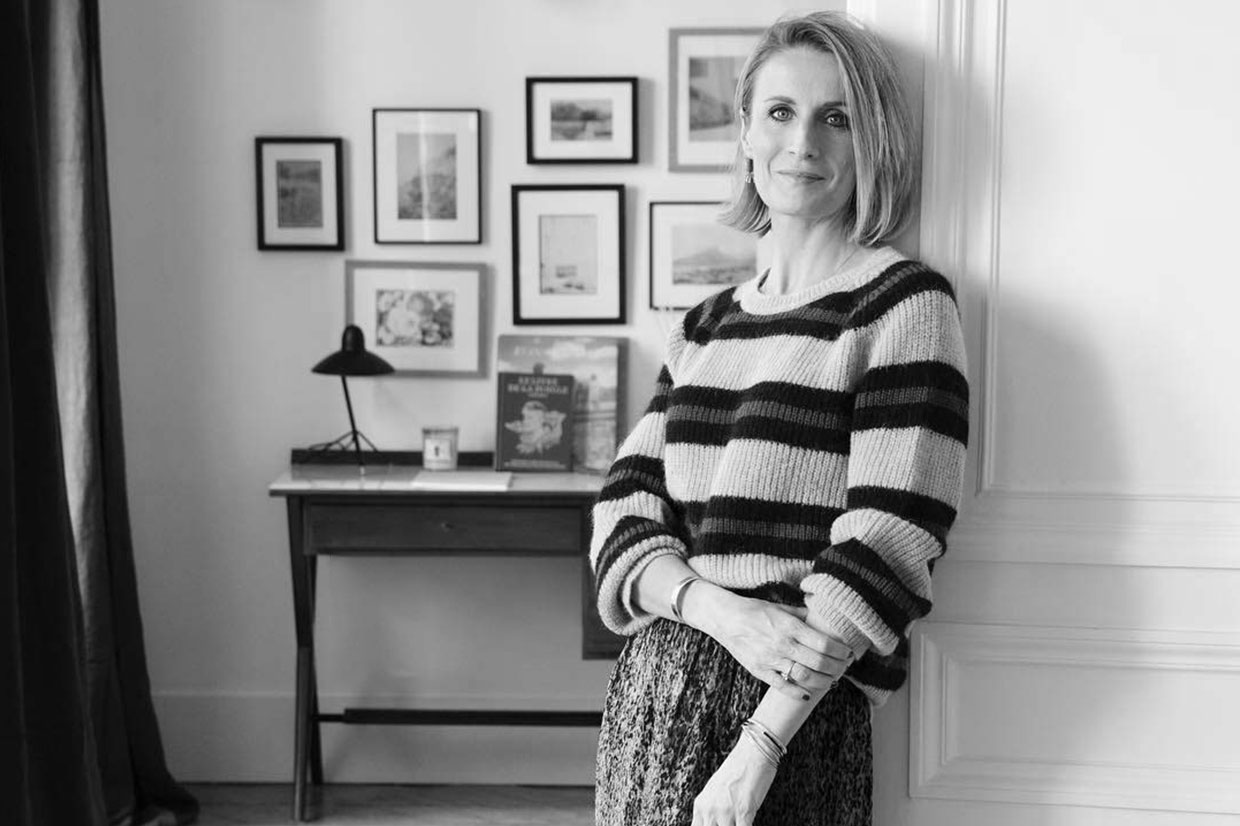
IT’S A SMALLABLE WORLD AFTER ALL…
Sustainable, ethical and beautiful brands for kids and women, handpicked from all over the world—all in one place, accessible for everybody. That’s the Smallable promise, and here’s the Smallable story…
read more
